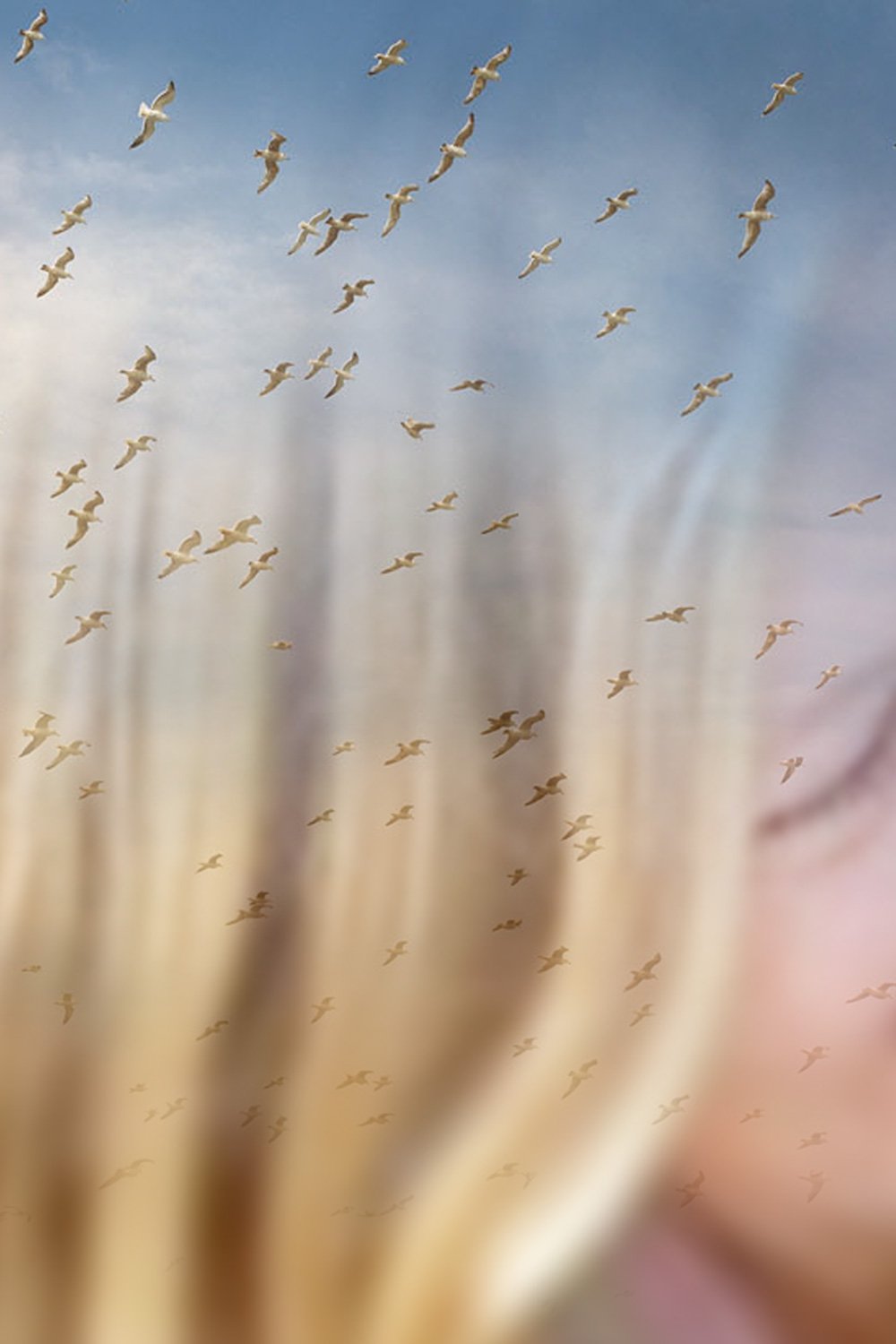

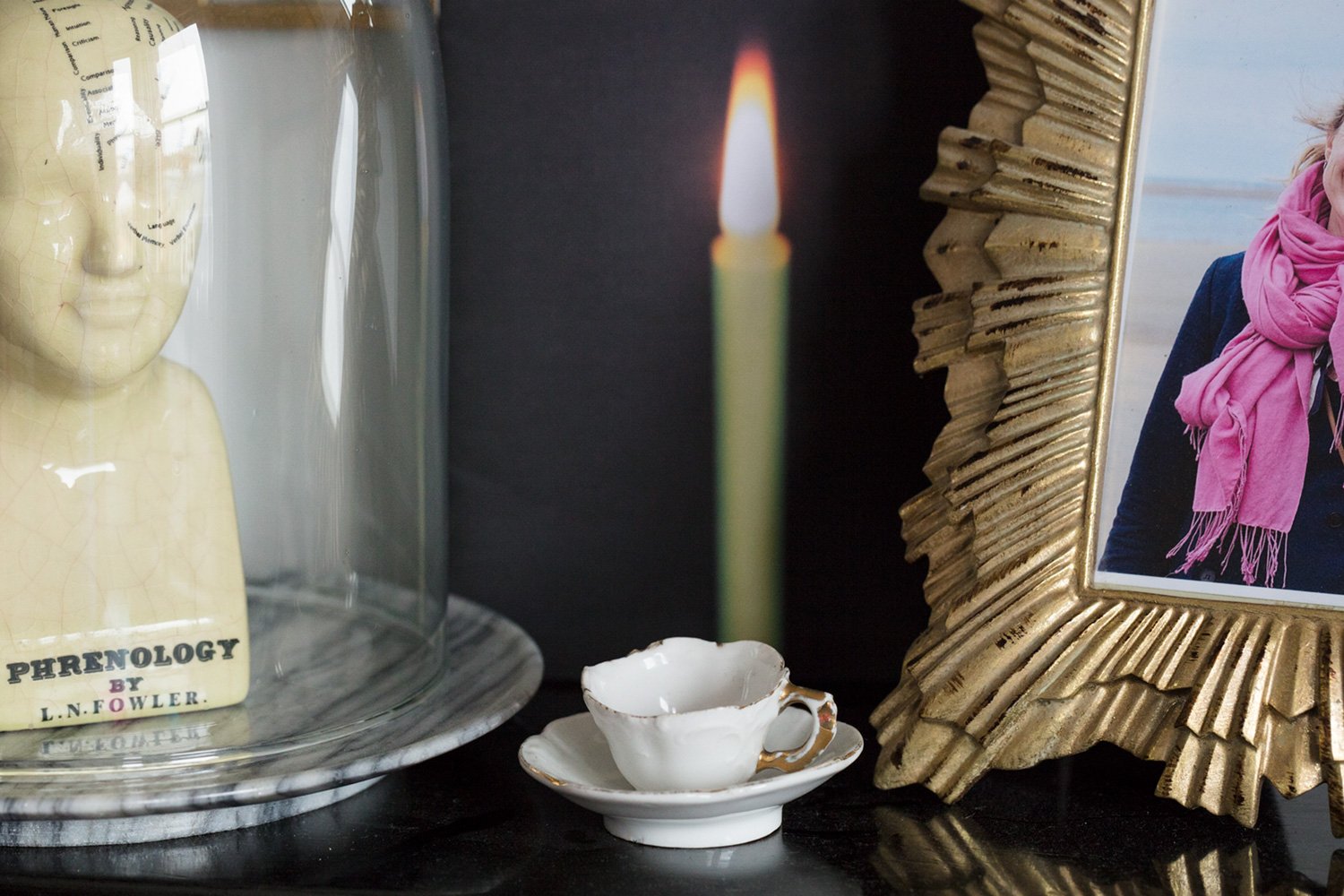
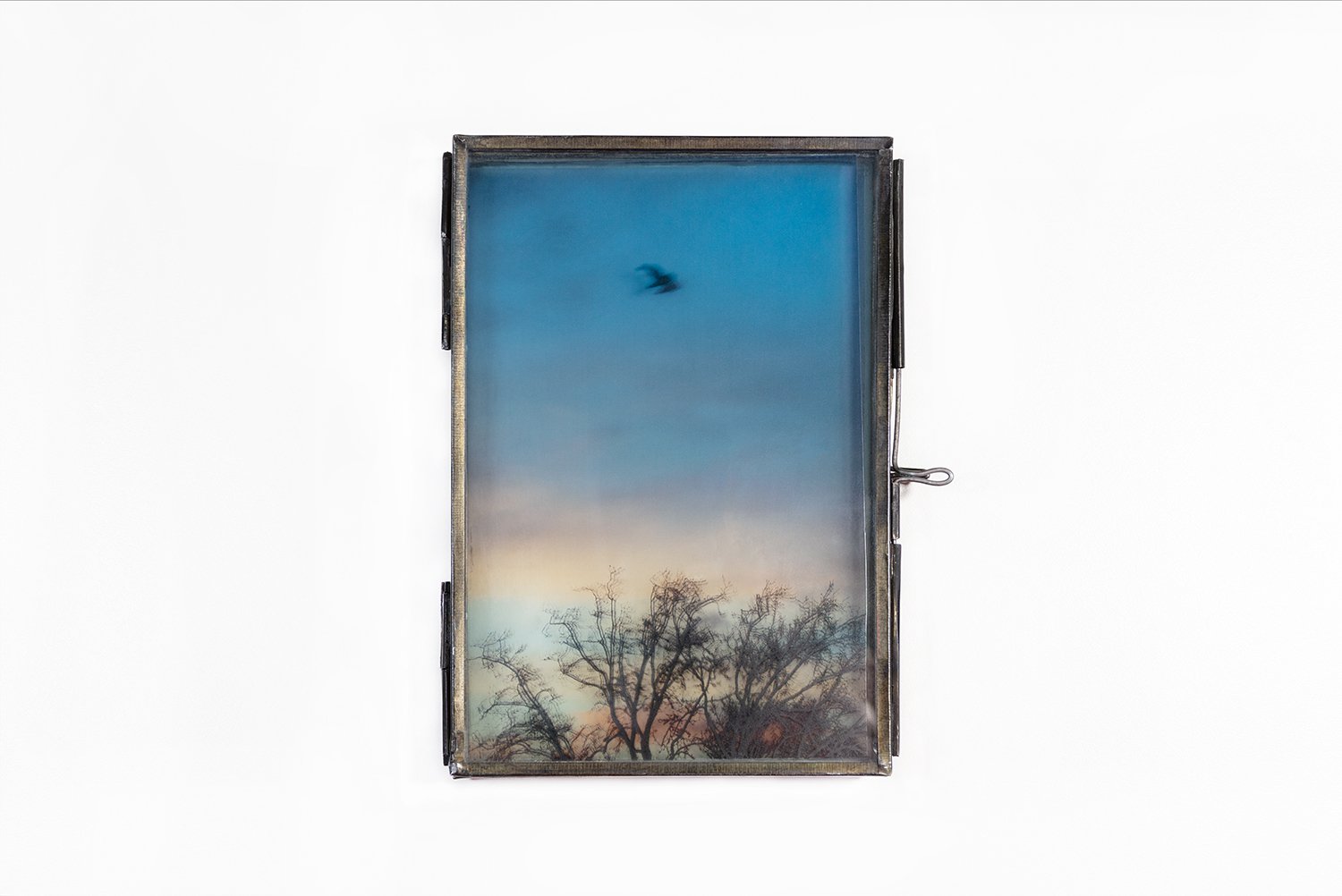
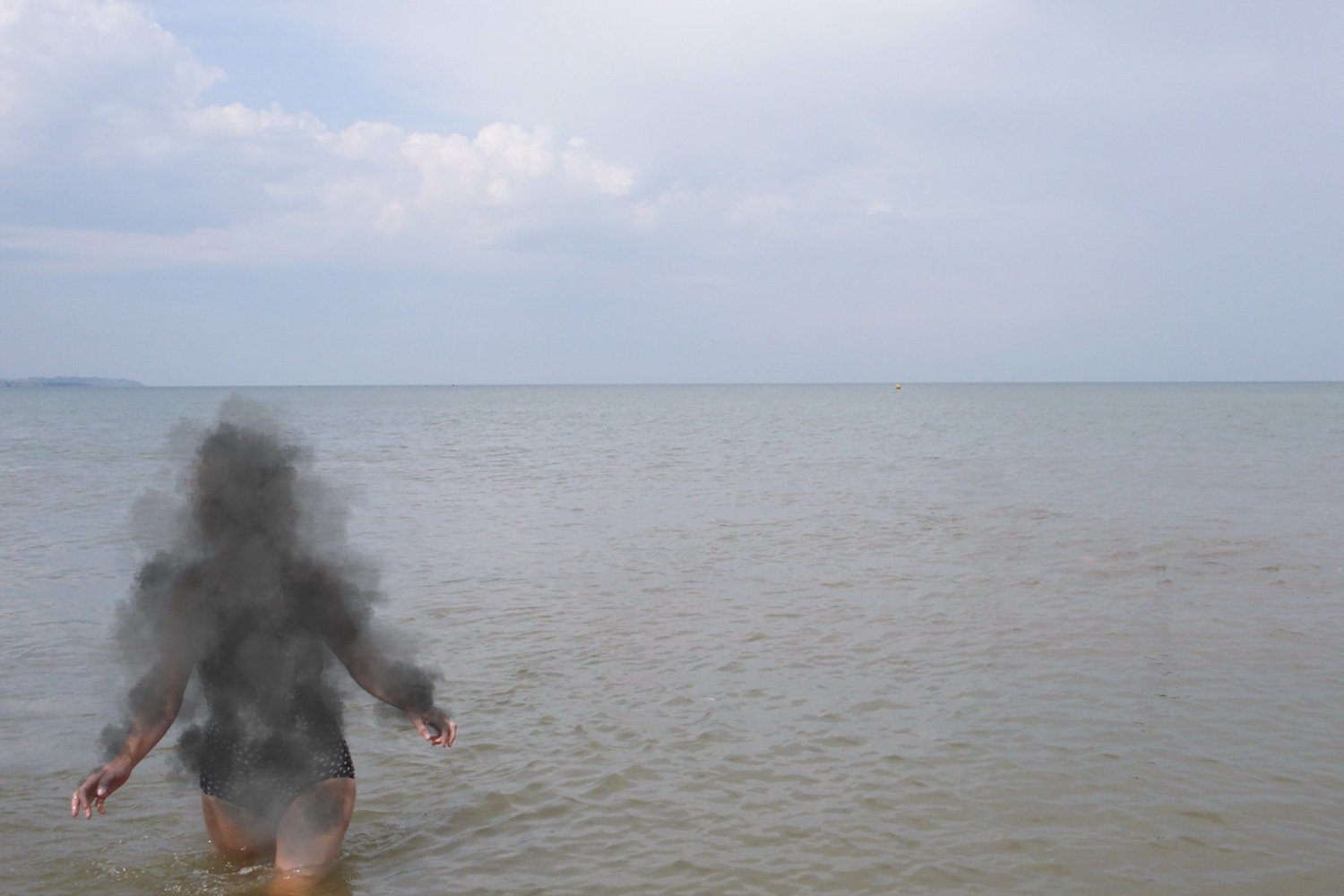


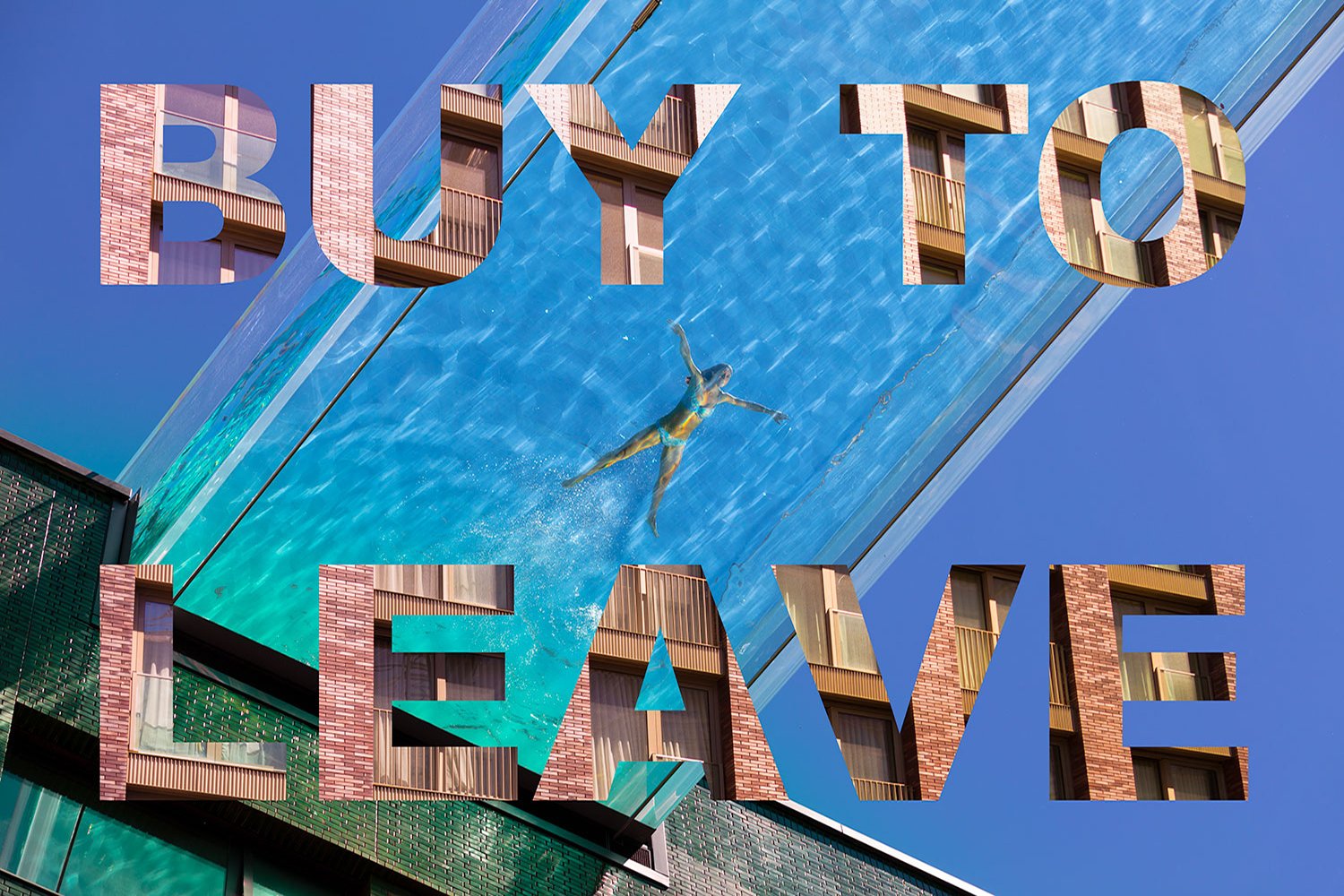
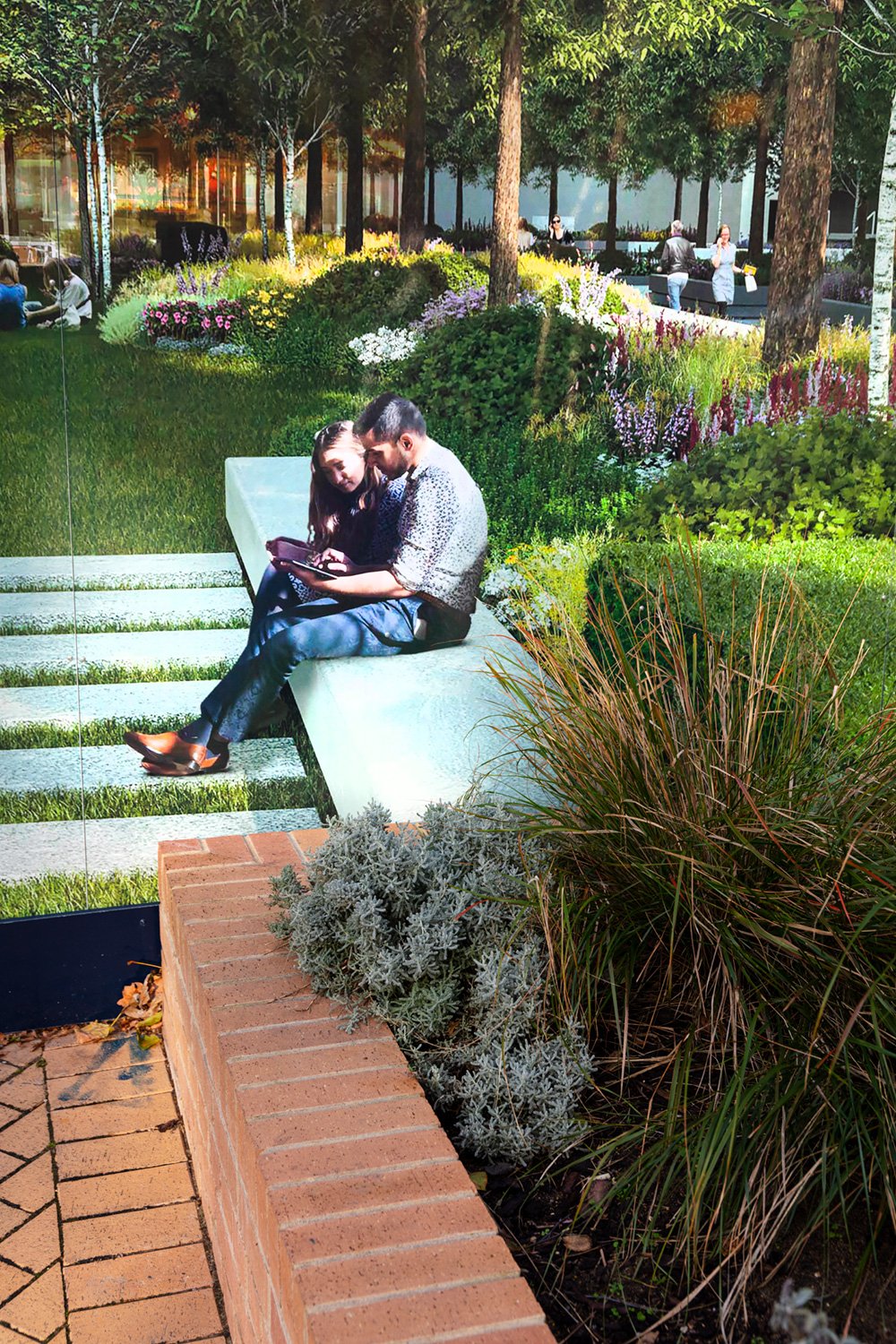
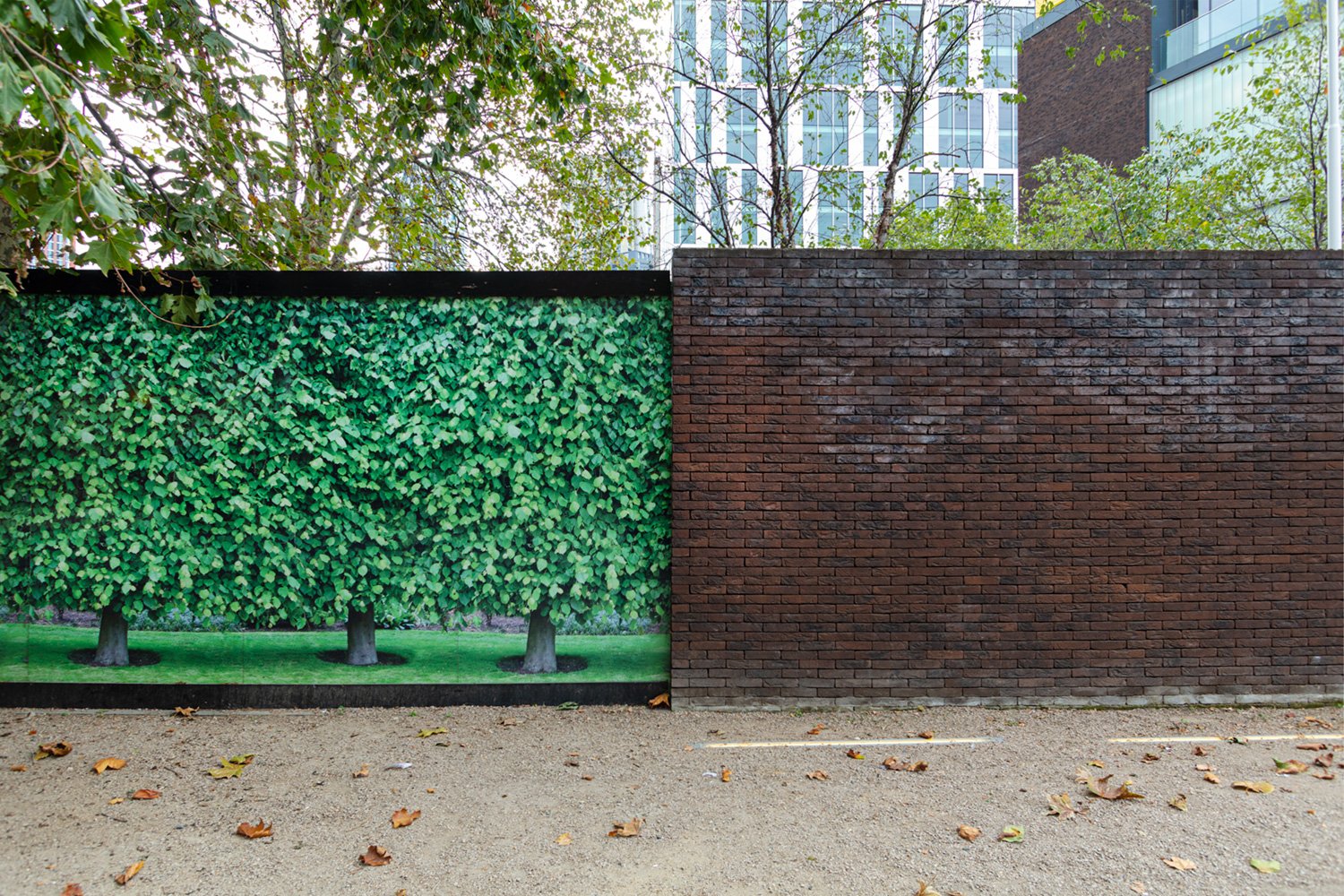
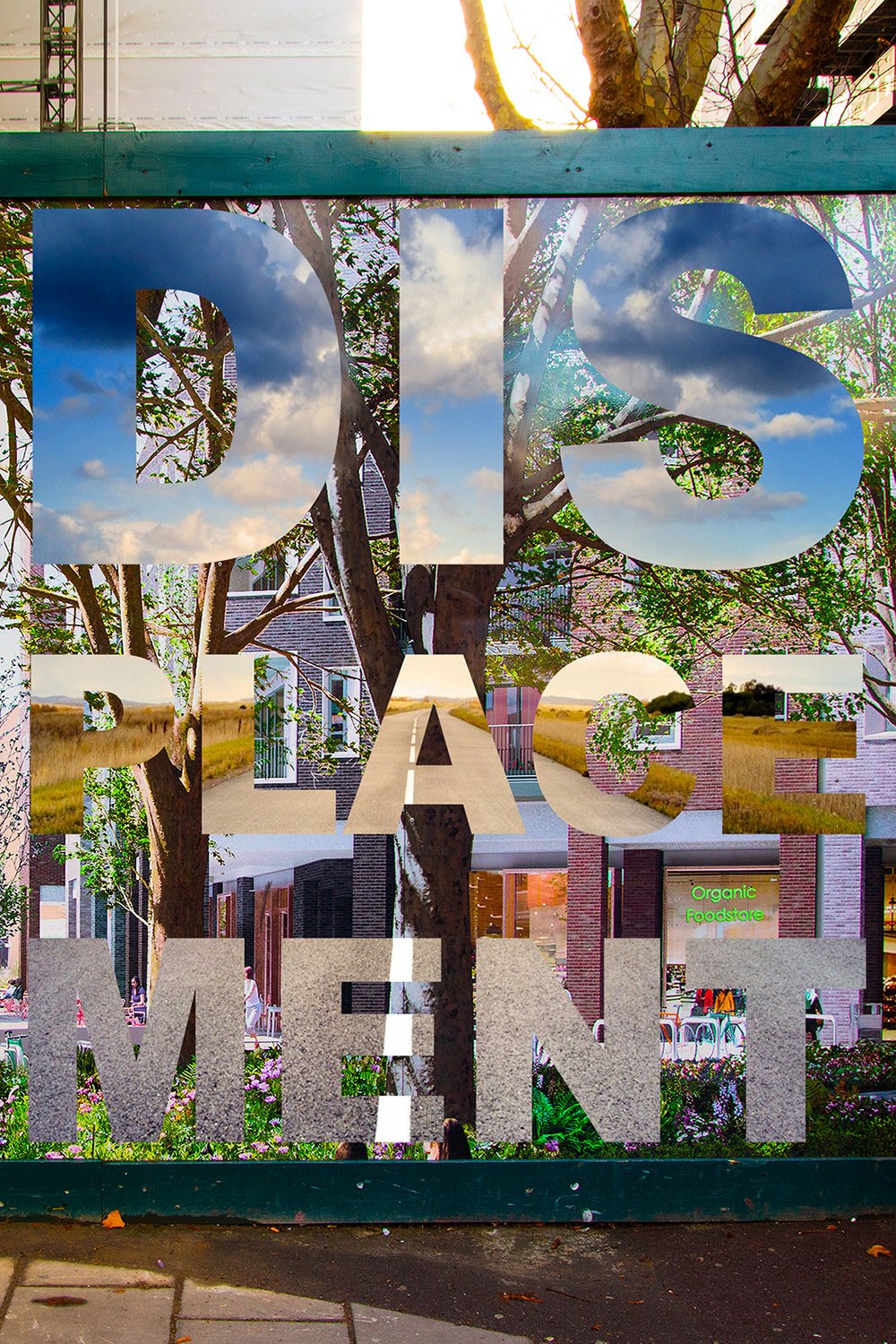

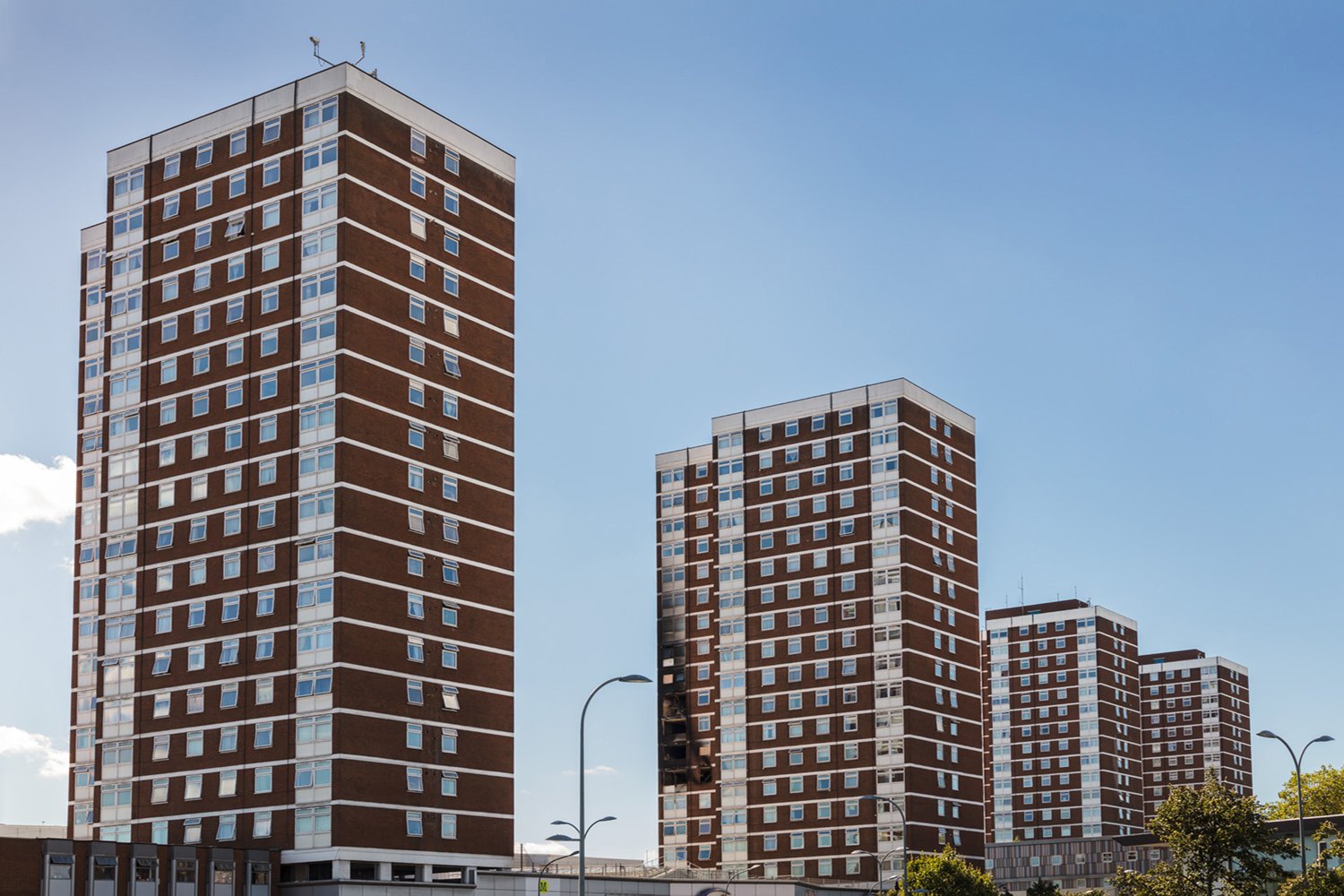
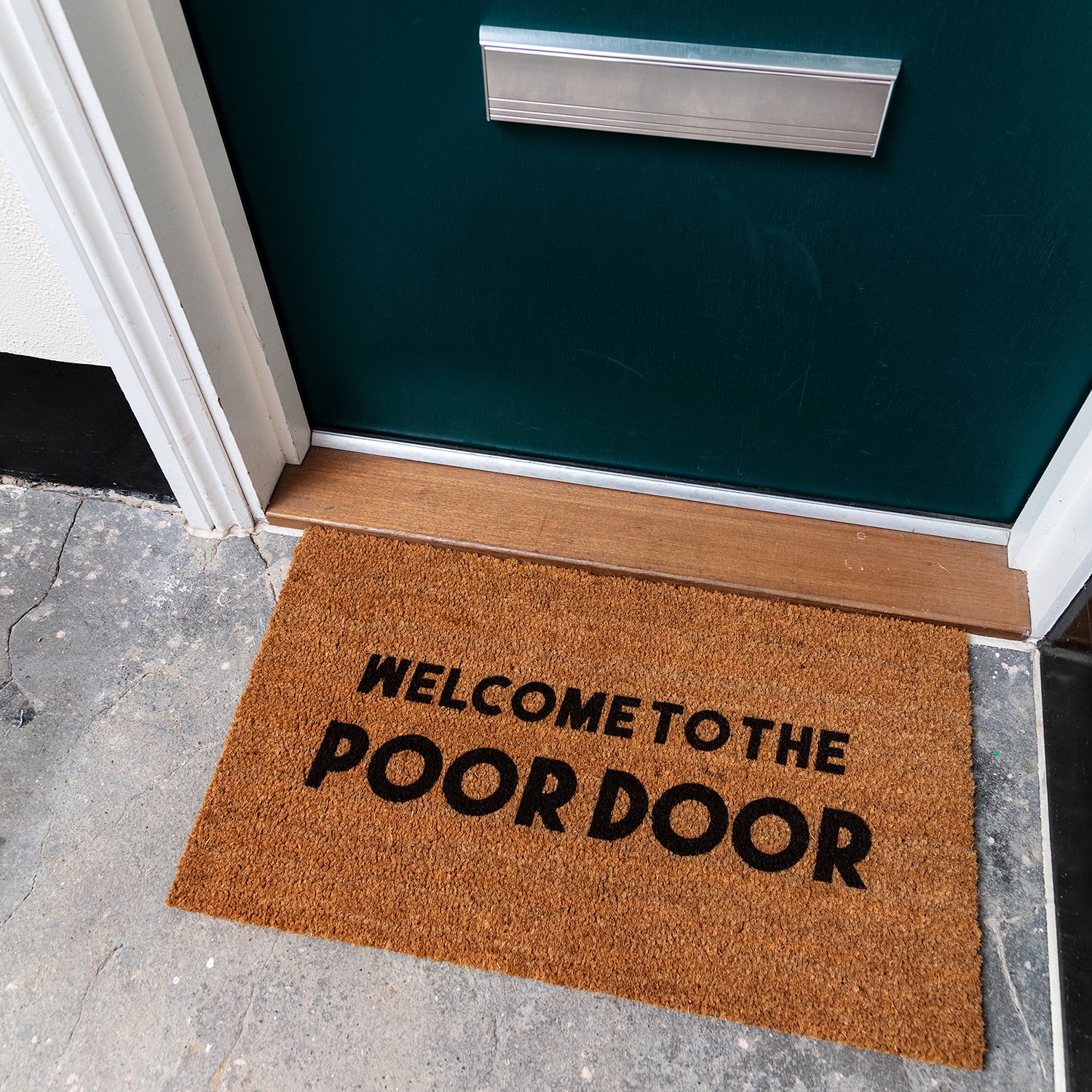

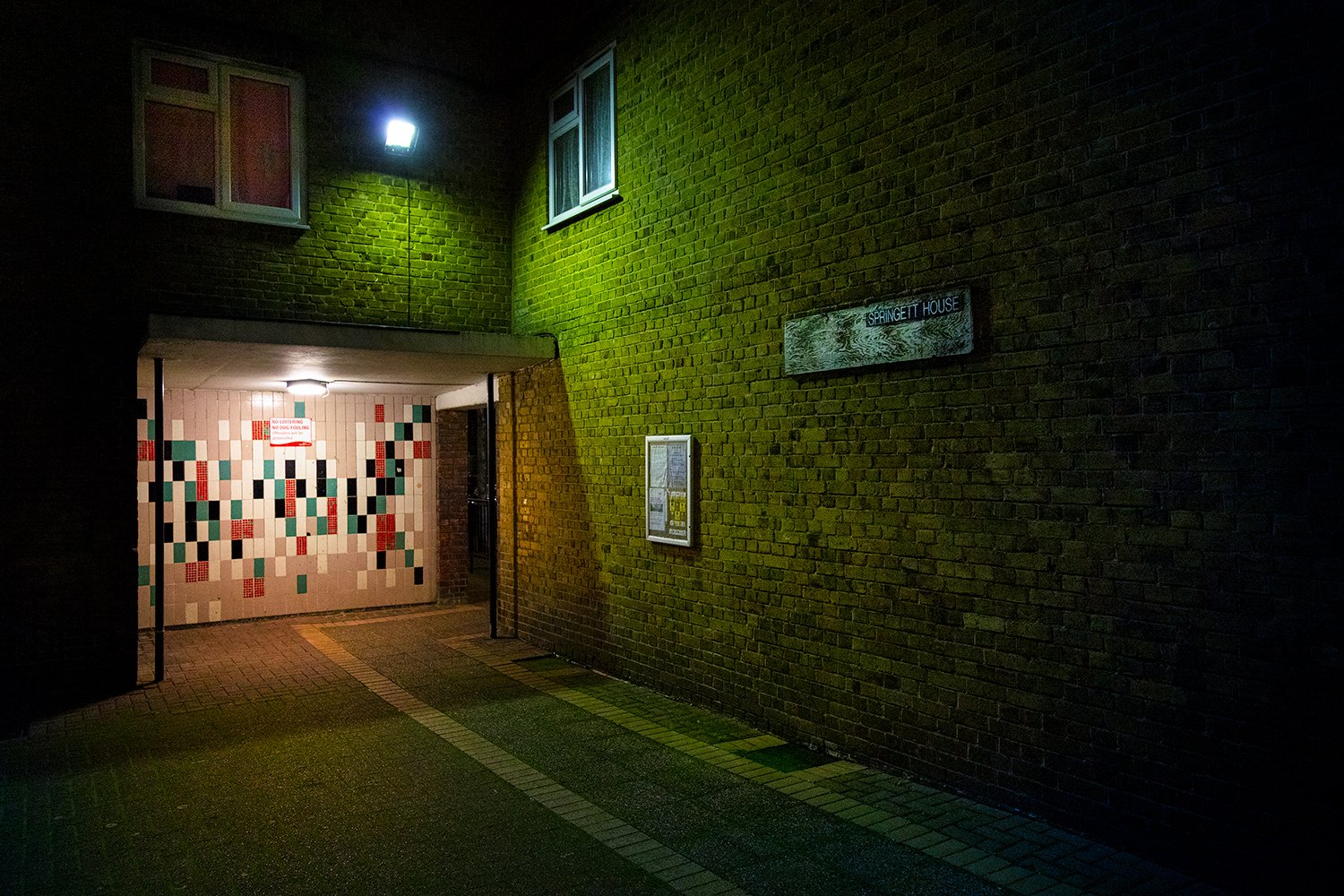
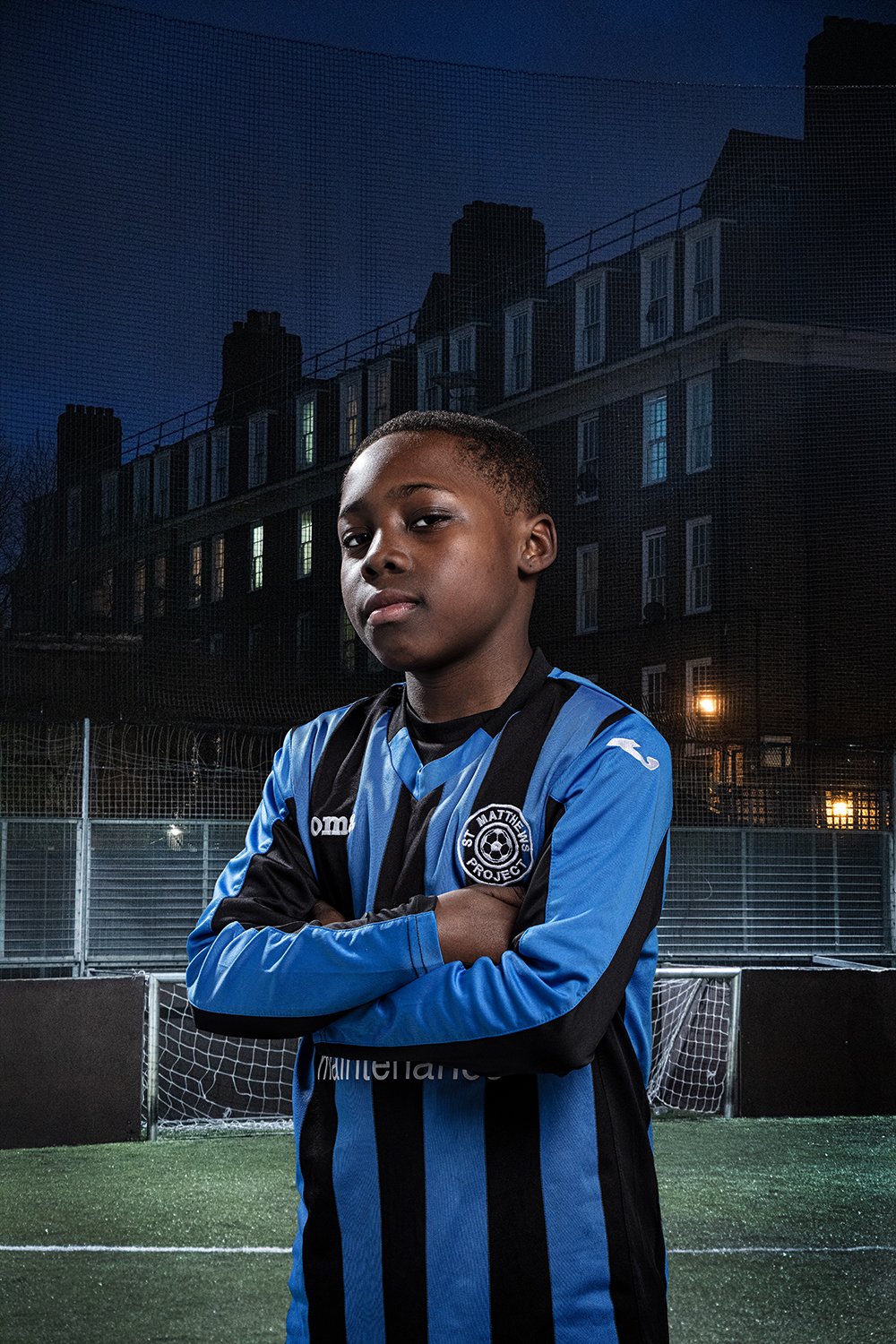

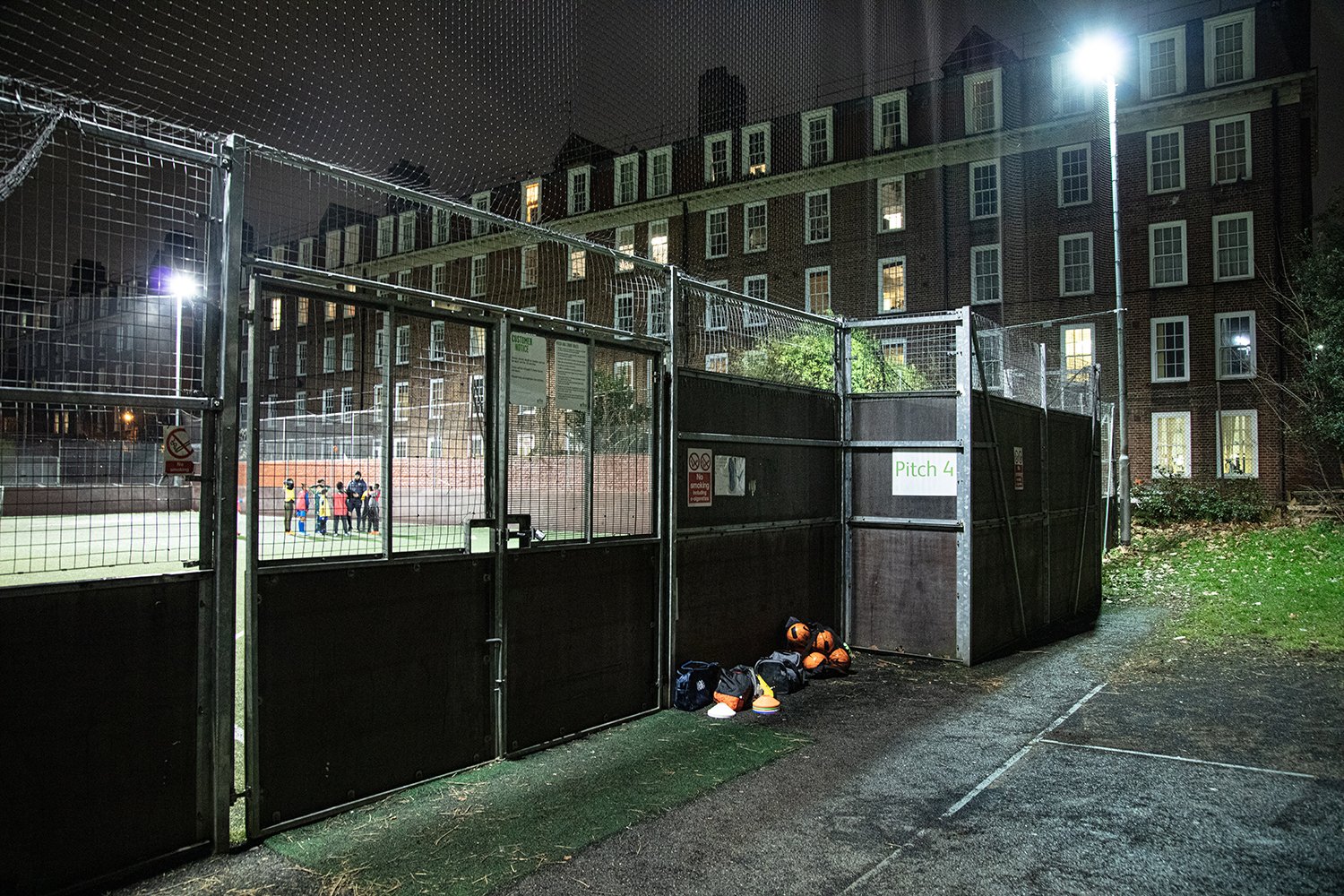
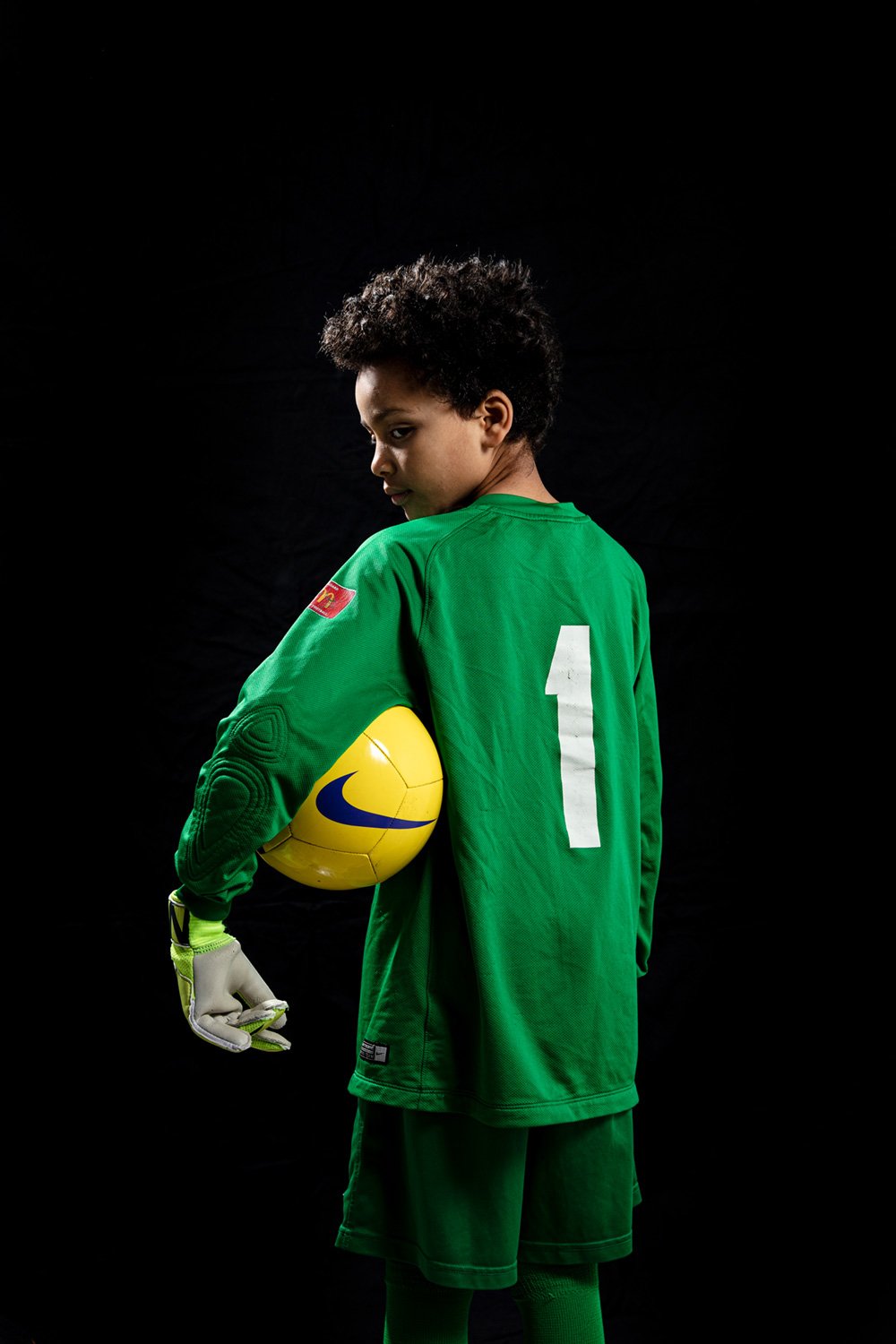
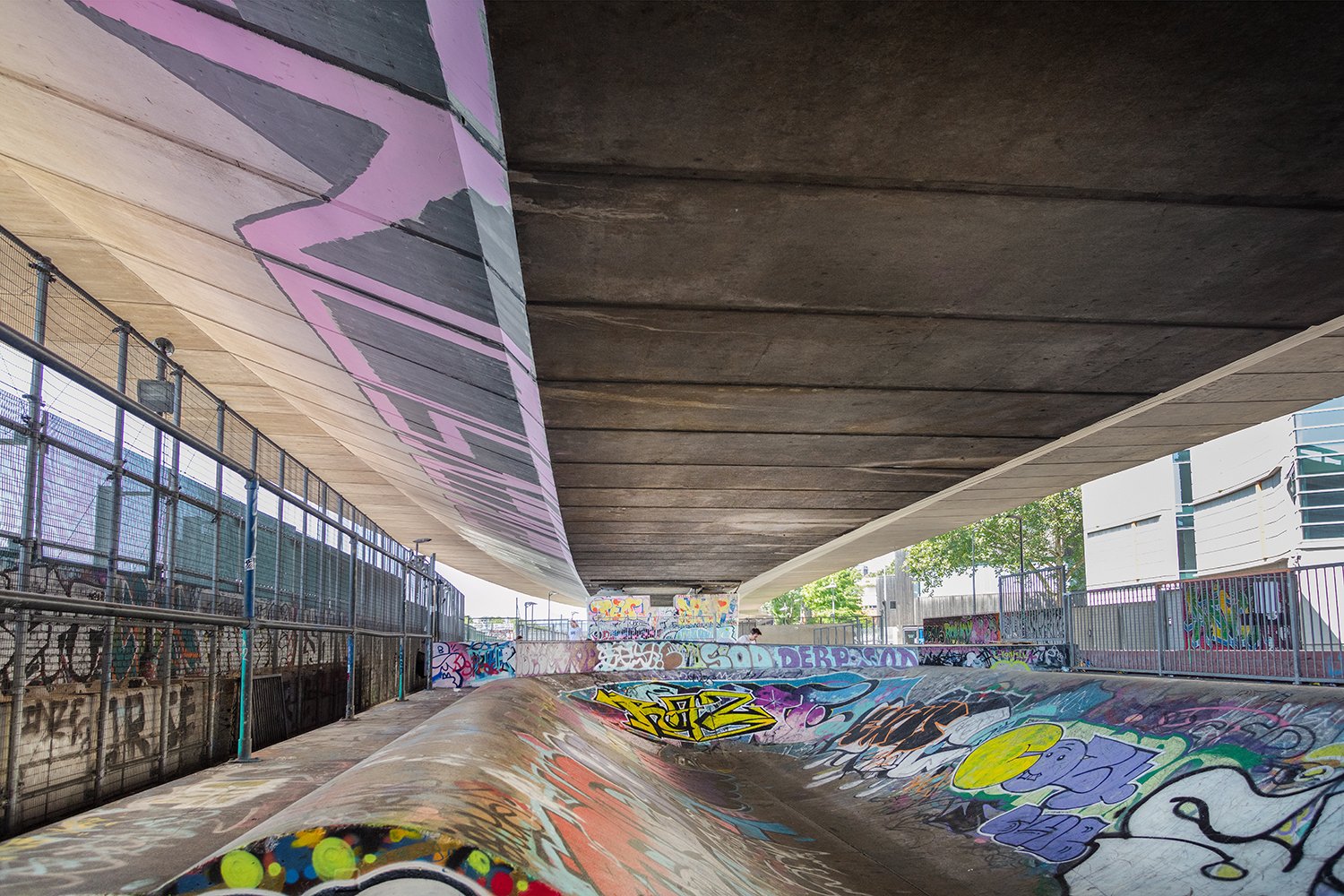







Ellie Laycock
Award winning British artist Ellie Laycock's photographic practice explores the urban environment and its impact on its residents, ideas of power and control, politics and the passage of time. Her work often incorporates elements of historical research and, due to her original training as a fine art sculptor, sometimes 3D objects.
Remnants Of A Suicide explores the aftermath of the sudden, deliberate death of a loved one and the slow and bewildering process of grief and adjustment felt by the artist as she paradoxically tried to make space in her life to accommodate this sudden non-existence.
Laycock’s sensitive work unveils the signs and portents that perhaps could not or were not able to see in life, though were perhaps there all along. The images linger in reflection of the traces left behind, the ripples that slowly spread outwards, the questions that will now be left unanswered, the 'what-ifs, the 'how-coulds', the phone number that is still undeleted, the constant pull between presence and absence, the feathers that fall down from the sky.
This mixed media piece contains antique memorial items from the British Victorian tradition in materials that speak of fragility, rarity, translucency and opacity, light and shadow. A fragile glass lachrymatory (a vessel to capture the first tears of mourning) nestles in a bed of silk with embroidered Phoenix in gilt thread (the mythical bird that is reborn from ashes). It consists of a series of limited edition prints. and a set of photographic prints. These small prints are wrapped in printed raw edged silk that recalls the Tibetan prayer flags that over time release their loose threads on the wind to spread goodwill and compassion over all the land. The silk is secured by a gold and hair necklace intricately woven from the blonde hair of the deceased. Part memory box, part gold leafed casket, part reliquary and a tribute to her dearest friend this set is one of a kind.
On the street level hoardings around luxury development sites, property developers and marketeers illustrate their vision of the near future. The series Signs Of Development repurposes this imagery and appropriates the language of the super prime market and global capital flows, extracting key phrases from their marketing material to explore themes around the current housing crisis in London and beyond. Laycock invites dialogue on where we go from here, the commodification of home, hyper-gentrification, social cleansing, the politics of space and or perhaps ultimately, where will we live?
Domestic Protests subverts commonly found domestic textiles and objects such as curtains, door-mats and tea towels to challenge the political ideologies that directly affect the security and sanctuary of home.
As part of an ongoing project addressing the current energy crisis Who Will Keep Us Warm And Safe? Laycock explores & protests the injustice & lack of social responsibitly from both the government & energy companies through knitted bobble hats. The hats are knitted in the company colours. The figures on these hats are the profits made by these energy companies in Q1 and Q2 (first six months) of 2022. For example: In the first six months of 2022, Shell made a record breaking profit of £17,800,000,000. That works out at £98.5 million profit per DAY. The cost of living crisis means that many people are not able to afford to pay their energy bills and stay warm this winter. As a result a new phenomenon has arisen, ‘Warm Spaces’ or ‘Warm Banks’ are places that the public can access to get warm if they cannot afford to heat their own homes.
A major commission for the London Borough of Lambeth to explore local leadership in response to a set of cabinet card portraits of the first Borough Council in 1901 resulted in an expansive investigation deep into the history of the Borough titled Spectemur Agendo.
Her research uncovered the story of the photographer of the cabinet cards - which are still displayed within the Town Hall - Richard Lang Sims and his incredible and altruistic life as a supporter of the poorest children in Lambeth and drew a parallel with important community leadership now. Focusing on the impressive work of Lee Dema and his St Matthews Project grass roots football charity that began on a Brixton estate as an informal kick-about and now cultivates a wide network of community support. “A good leader is someone who creates other leaders” – Lee says.
Laycock’s portraits focus on the under 10’s team and their coaches alongside a publication and timeline history of Lang Sims and his extraordinary life as a force for good within his community. Lang Sims was a successful Brixton photographer and businessman who ran a studio at 437 Brixton Road for over 40 years. He became a hugely popular Mayor of Lambeth in 1922 (the year the Latin motto ‘Spectemur Agendo’ was added to the Lambeth coat of arms) and again in 1931.
Recent commissions include Low Income Displacements, a large-scale public billboard work for Artworks Of Resistance / Save Nour and a commission and artist residency as selected artist for the Lambeth Town Hall Art Programme (Arts Council England/ Lambeth/ Photofusion/ 3Space). A limited edition of the billboard image is available to order.
Her solo show at Photofusion, 1500 Days of Gentrification, paired photographs taken 1500 days apart to show the hyper-gentrification taking place around her in Brixton, London, where she lives and works.
*To see each series in full click on the link which will open a new page.
Print enquiries please contact us via email hello@lauraannnoble.com

